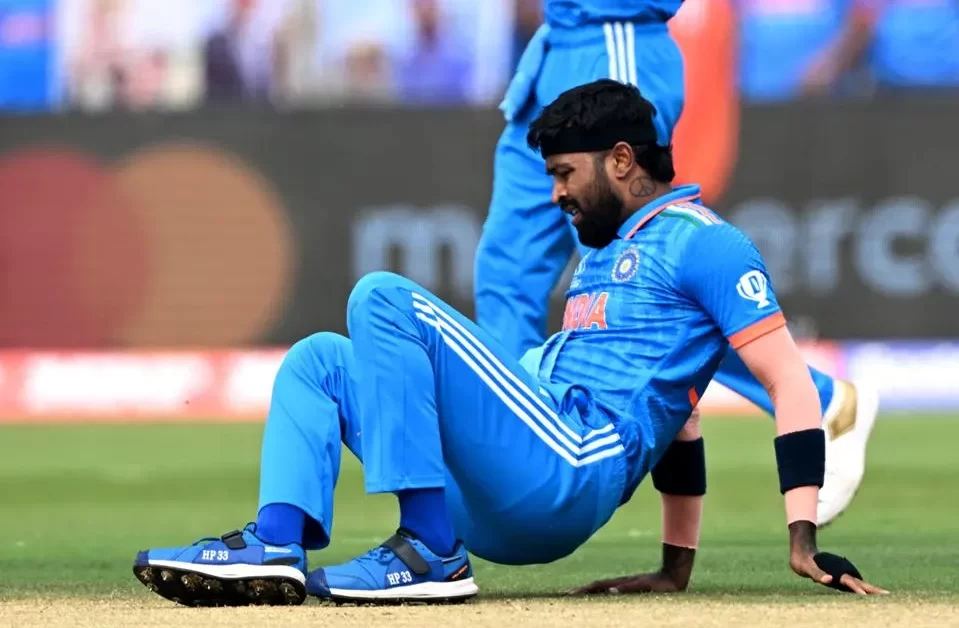Cricket, a sport known for its intense physical demands and rigorous schedules, often pushes players to their limits. From the grueling pace of test matches to the explosive energy of T20 cricket, players face the constant challenge of maintaining peak performance while minimizing the risk of injury. In such a high-stakes environment, recovery and rehabilitation techniques play a crucial role in ensuring the health and longevity of cricket players’ careers.
Understanding the Importance of Recovery
Recovery is an essential component of any athlete’s training regimen, but it holds particular significance in cricket due to the sport’s unique physical demands. Cricket matches can last for days, requiring players to exert themselves for extended periods, both mentally and physically. Moreover, the repetitive nature of certain cricketing actions, such as bowling or batting, can lead to overuse injuries if not managed properly. Therefore, prioritizing recovery is essential for cricket players to maintain performance levels and prevent injuries.
Rehabilitation Strategies for Common Cricket Injuries
Injuries are an unfortunate reality in cricket, with players frequently experiencing a range of musculoskeletal issues, from strained muscles to stress fractures. Effective rehabilitation is key to ensuring that players can return to the field as quickly and safely as possible after injury. Rehabilitation programs often include a combination of rest, targeted exercises, physical therapy, and gradual reintroduction to cricket-specific activities. For example, players recovering from a shoulder injury may undergo strengthening exercises to improve stability and mobility before gradually reintroducing bowling or batting drills.
Utilizing Recovery Modalities
In addition to rehabilitation exercises, cricket players often rely on various recovery modalities to aid in the recovery process. These may include:
- Ice Baths: Immersion in cold water helps reduce inflammation and muscle soreness, promoting faster recovery after intense training or matches;
- Compression Garments: Compression garments can improve blood circulation and reduce swelling, facilitating muscle recovery and reducing the risk of injury;
- Massage Therapy: Sports massage can help relieve muscle tension, improve flexibility, and promote relaxation, aiding in recovery and preventing injuries;
- Hydration and Nutrition: Proper hydration and nutrition are essential for replenishing lost fluids and nutrients during training and matches, supporting muscle recovery and overall performance;
- Sleep: Quality sleep is critical for recovery, as it allows the body to repair and regenerate tissues damaged during exercise. Cricket players often prioritize sleep hygiene and aim for adequate rest between training sessions and matches.
To explore more about cricket and its unique challenges, visit https://4bet.com.in/cricket/ for valuable insights and resources tailored to cricket enthusiasts and bettors alike.
Preventative Measures and Injury Avoidance

While recovery and rehabilitation are essential components of injury management, cricket players also focus on preventing injuries before they occur. This involves implementing preventative measures such as:
- Strength and Conditioning Training: Building strength and endurance through targeted training programs can help reduce the risk of injury by improving overall fitness and resilience.
- Proper Technique: Ensuring that players use correct technique when performing cricketing actions such as bowling, batting, and fielding can help minimize the strain on muscles and joints, reducing the likelihood of injury.
- Warm-Up and Cool-Down Routines: Incorporating dynamic warm-up exercises and static stretching into pre-match routines can prepare the body for physical activity and reduce the risk of muscle strains and injuries.
- Monitoring Workload: Tracking training loads and match participation can help coaches and medical staff identify players at risk of overuse injuries and implement appropriate rest and recovery protocols.
Balancing Recovery with Performance Demands
Finding the right balance between recovery and performance demands is a constant challenge for cricket players. While prioritizing recovery is essential for long-term health and sustainability, players must also meet the demands of training schedules, matches, and travel commitments. Therefore, effective time management and communication between players, coaches, and medical staff are crucial for ensuring that players receive adequate rest and recovery while maintaining performance levels on the field.
Conclusion
In conclusion, recovery and rehabilitation techniques play a vital role in the health and performance of cricket players. From managing injuries to preventing overuse, effective recovery strategies are essential for sustaining long and successful careers in cricket. By prioritizing recovery, implementing preventative measures, and finding the right balance between rest and performance demands, cricket players can maximize their potential on the field while minimizing the risk of injury and burnout.
